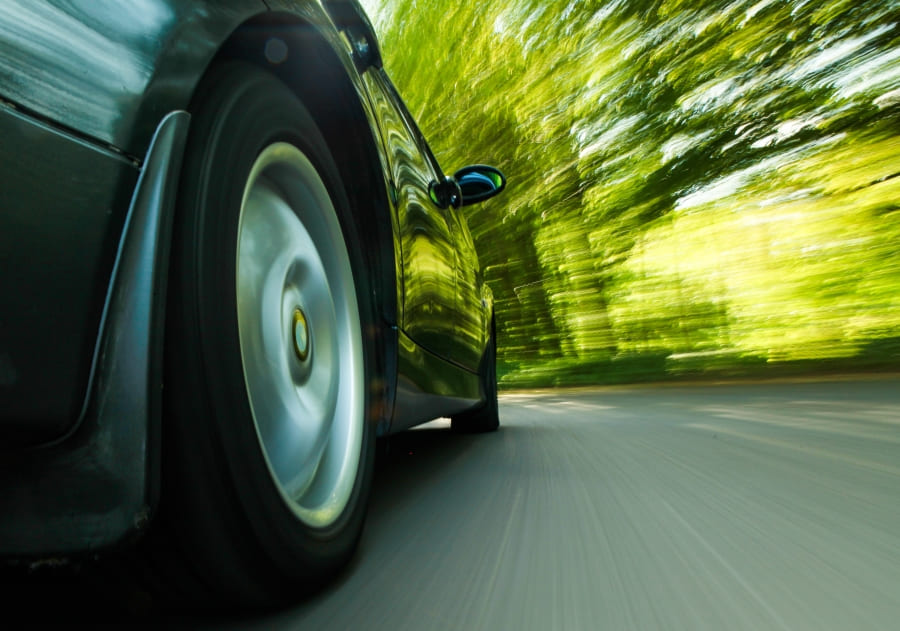
4Matic is an all-wheel drive system installed on Mercedes-Benz cars. It is a proprietary development of Daimler AG. It was created in collaboration with the Austrian company Magna Steyr AG & Co KG. This system first appeared in 1987 when the E-Class W124 saloon was released. There have already been several generations of 4Matic.
Operating principle
The main difference between different 4Matic generations lies in the design of the centre differential. The early systems had a mechanical locking differential. This was achieved by two hydraulic multi-plate clutches. The clutches locking and unlocking allowed the front axle to fully disengage. In all-wheel-drive mode the engine torque was distributed between the front and rear axles in a 33:67 or a 50:50 ratio.
Later, developers included an electronically locked open differential as the centre differential in 4Matic. Power was redistributed by slowing individual wheels and/or adjusting engine torque. Some versions include additional multi-plate clutches. The engine torque can be distributed between the front and rear axles in 40:60, 45:55, 50:50, and other ratios.
4Matic features
| Year of first production | Type | Distinctive features of the differentials | Mercedes-Benz models equipped with 4Matic |
| 1987 | Part-time/full-time | Ferguson centre locking differential. The rear wheel differential can also be locked. The front differential is open. | Е-Class W124, S124. |
| 1997 | Full-time | The centre and wheel differentials are open. All of them are electronically locked. It is performed by the ETS (traction control system) or ESP (stability control system). | E-Class W210, W211, S210, S211; М-Class W163; S-Class W220, V220; C-Class W203, S203; R-Class W251, V251; Viano W639, V639. |
| 2006 | The Pre-Lock clutch is implemented as a double-disc clutch constantly pre-loaded with a plate spring. It engages when the difference between the front and rear axle torque reaches 50 Nm. If this is not enough, ESP activates. | CL-Class С216; S-Class W221, V221; C-Class W204, S204; GLK-Class X204; CLS-Class C218, X218; E-Class W212, S212. | |
| 2006 | The centre and rear axle differentials have multi-plate clutches. Engine torque is also redistributed by the stability control system. | GL-Class X164. | |
| 2016 | A centre differential with a multi-plate clutch makes it possible to disconnect the front axle manually. | E-Class C238 E53 AMG. |








Comment